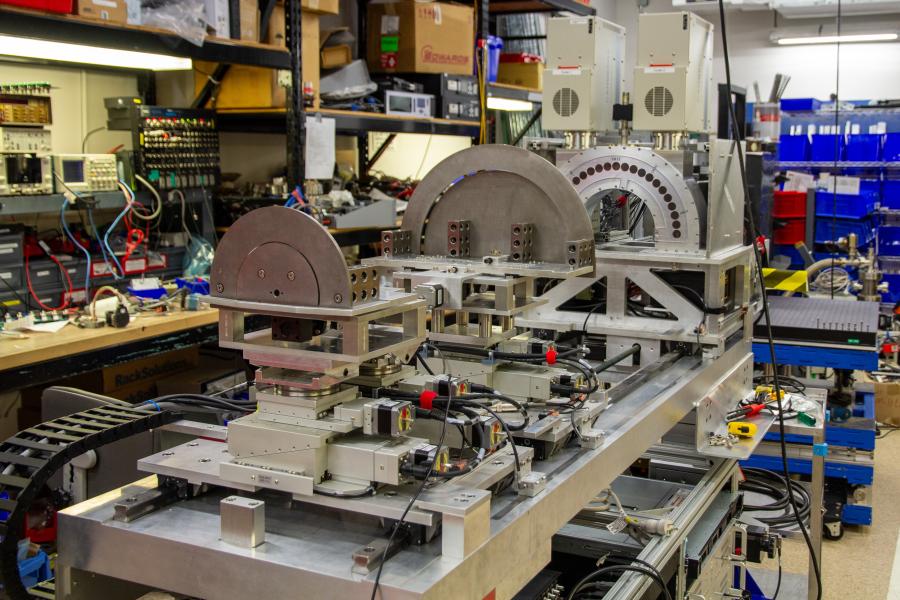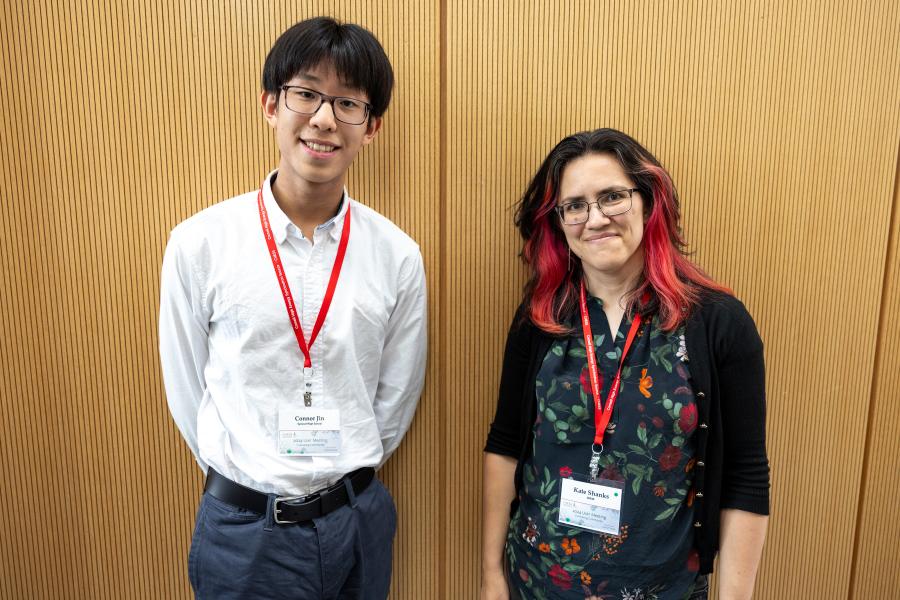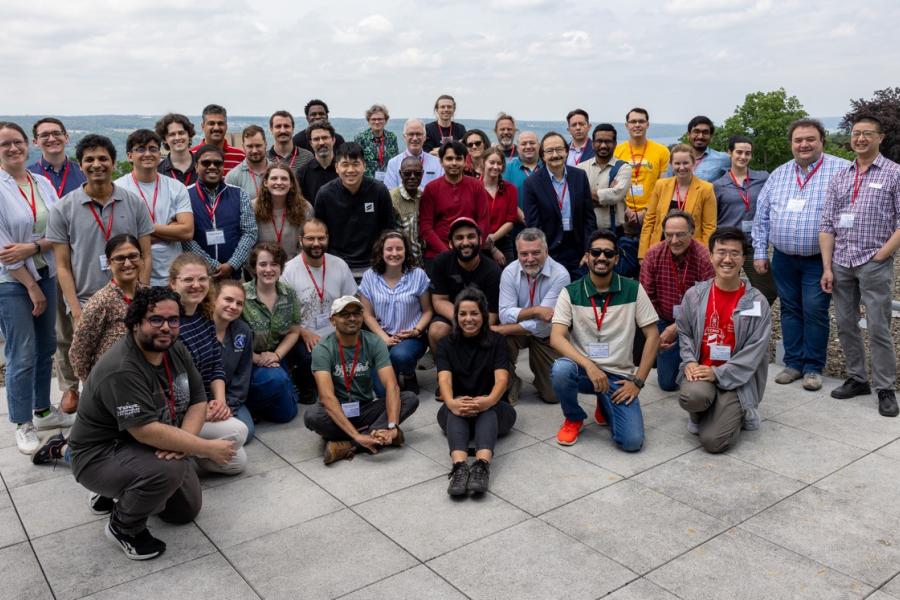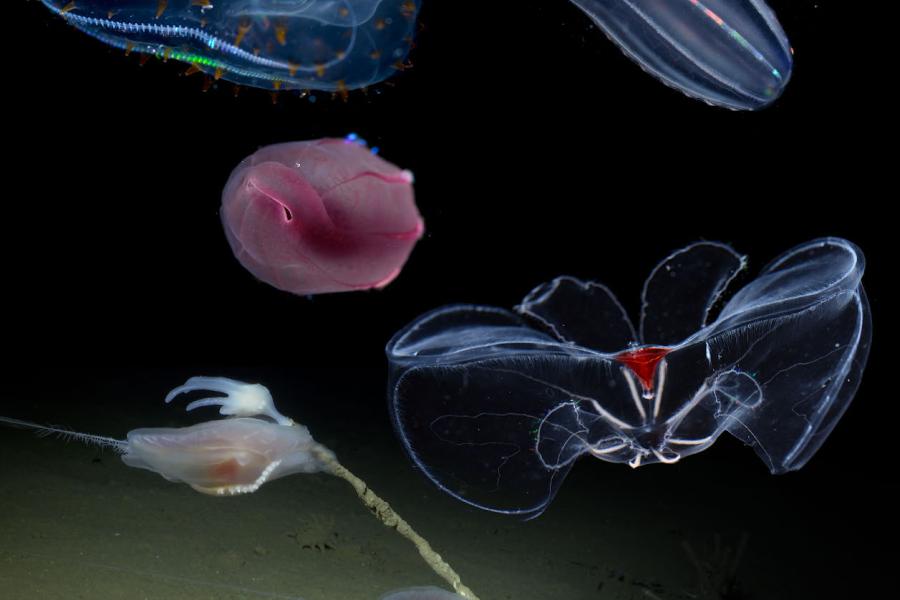Sidebar Menu (View Pages)
- Status
- ⌃ Science
- ⌃ Users
- ⌃ Facilities
- ⌃ Public
- Industry
- ⌃ About
Tags
Featured
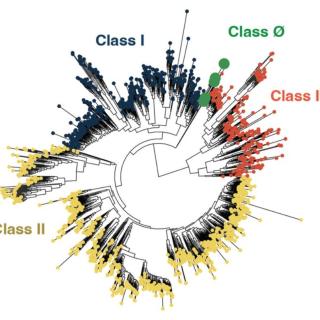
Protein family shows how life adapted to oxygen
Cornell scientists have created an evolutionary model that connects organisms living in today’s oxygen-rich atmosphere to a time, billions of years ago, when Earth’s atmosphere had little oxygen.

Nanocrystals with Metastable High-Pressure Phases Under Ambient Conditions
This groundbreaking work was supported by a collaboration between the PI an collaborators and CHEXS scientist Zhongwu Wang, spanning many years, across the former CHESS “B-line” beamline and the new CHEXS HPBio facilities. This work was enabled by custom diamond anvil cells with large opening angles for simultaneous SAXS / WAXS measurements, and by in-situ spectroscopy techniques deployed at CHESS
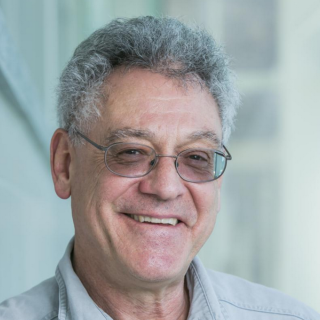
X-ray detector for studying characteristics of materials
Modern synchrotron x-ray sources, such as the Cornell High Energy Synchrotron (CHESS), produce x-ray beams with unprecedented capabilities.

Cool, calm and collected
CESR team aims to lower beam emittance with Optical Stochastic Cooling
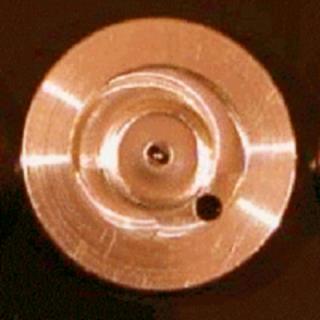
Focusing on microbeam: Initial installment of CRLs at CHESS
A great challenge at many x-ray beamlines is to direct x-rays into in a very small, very clean footprint while maintaining high photon flux.

Development of charge integrating detectors for x-ray science at high energies
X-ray detectors are an essential part of every x-ray experiment. The most common sensor material for cutting-edge x-ray detection is presently silicon.

